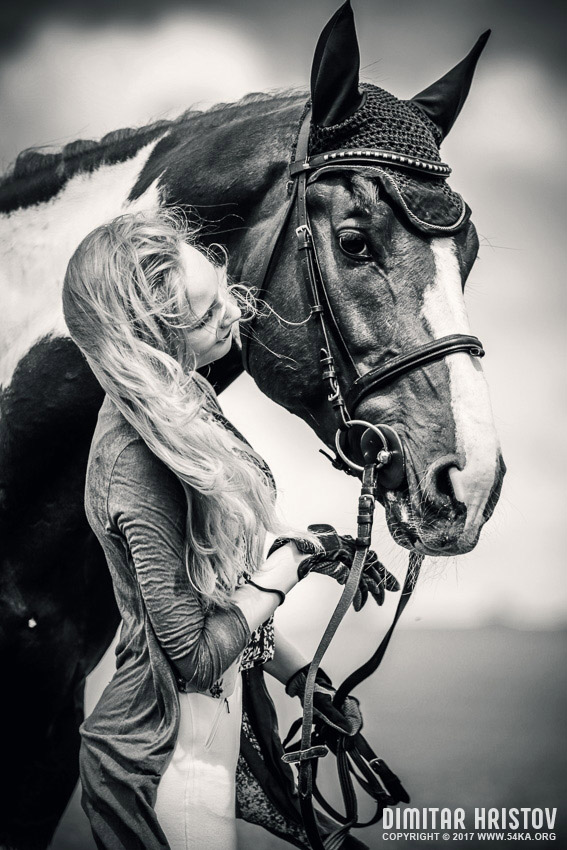
Galloping, when done correctly, can also help develop stronger soft tissues. Sustained heart rate from galloping is necessary to prepare horses for eventing and other fast sports, such as endurance riding. Proper training that incorporates galloping is also a great way to get horses fit. “Preliminary eventing speed is set at 520 mpm, Intermediate speed is at 550 and Advanced speed is 570.” “We are required to gallop at the high level of eventing,” Mike says. In fact, they do most of their cross-country work at the gallop. The hand gallop really teaches riders to be able to jump with extra pace.”
RIDING A HORAE AT FULL GALLOP HOW TO
Eventually after equitation, the riders go on to become show jumpers and must know how to jump against the clock. This is put in to keep up that old skill. You will see the hand gallop asked for in equitation-over-fences classes, usually toward the last fence to test if the rider’s eye can work with more pace than just the jumping canter. Rings now are smaller and the courses demand a lot of control. In the old times, horse shows were out in the open and you had to gallop. Riders aren’t comfortable working with pace anymore. “It’s not asked for today because it incites riots and bucking. “It used to be asked for to see which horse had a long smooth stride that would go forward and then pull up and be quiet,” he says. Todd Karn, United States Equestrian Federation (USEF) “R” hunter and equitation judge, says that hand gallop on the flat isn’t required in under saddle hunter classes anymore.

The hand gallop is a good way to introduce the novice rider to the gallop. It is also used as a schooling exercise for dressage horses to create a more forward and expressive canter. The hand gallop is used in lower levels of eventing and frequently in jumper competition. It also depends upon a horse’s conformation.” In the Sport “For example, top-level dressage horses can be loftier, with a bigger phase of suspension, and have a hard time galloping. “Some horses cannot gallop at all,” says Canadian Olympic event rider Mike Winter. The gallop is anything above 450 mpm, depending upon the ability of the horse. The hand gallop is a little bit more forward, clipping along at 400 to 450 mpm, but still maintaining the three beats of the canter.īecause the gallop requires a further extension of the limbs it is a four-beat gait, with every leg hitting the ground independently. The canter speed is an average 375 meters per minute. The canter comprises three beats: the outside foreleg and the inside hind leg hit the ground at the same time. Horses have four basic gaits: the walk, trot, canter, and gallop.The hand gallop and, in particular, the gallop differ from the canter in many ways. The same lead foot always stays in front throughout the gallop. As the back foot receives the body weight, the front foot repeats the forward step movement. Galloping is a forward slide movement: front foot steps forward with a little spring followed by the transfer of body weight to the back foot. A very slow trot is sometimes referred to as a jog. It has a wide variation in possible speeds, but averages about 13 kilometres per hour (8.1 mph). The trot is a two-beat diagonal horse gait where the diagonal pairs of legs move forward at the same time with a moment of suspension between each beat. People have used selective breeding to make bigger horses to do heavy work. They are also used for carrying things or pulling carts, or to help plow farmer’s fields in agriculture. To become a good rider most people start by obtaining a general knowledge of horses.Ī gallop is a ride on a horse that is galloping. Horseback riding is the art of riding a horse and controlling the animal’s movement and speed with maximum effectiveness and minimum efforts.

What’s another word for riding a horse? equestrian On some occasions bucking can also be an acquired behaviour. It is very likely for a horse to try to run, jump and buck if they have been kept in a stable for a long period of time. Horses can also display this behaviour as a way to get rid of their excess energy, when they are feeling very excited, happy and playful. If you gallop a horse, you make it gallop. When a horse gallops, it runs very fast so that all four legs are off the ground at the same time. It is a natural gait possessed by all horses, faster than most horses’ trot, or ambling gaits. The canter is a controlled three-beat gait, while the gallop is a faster, four-beat variation of the same gait. The canter and gallop are variations on the fastest gait that can be performed by a horse or other equine. What are the paces of a horse? Do only horses gallop?


 0 kommentar(er)
0 kommentar(er)
